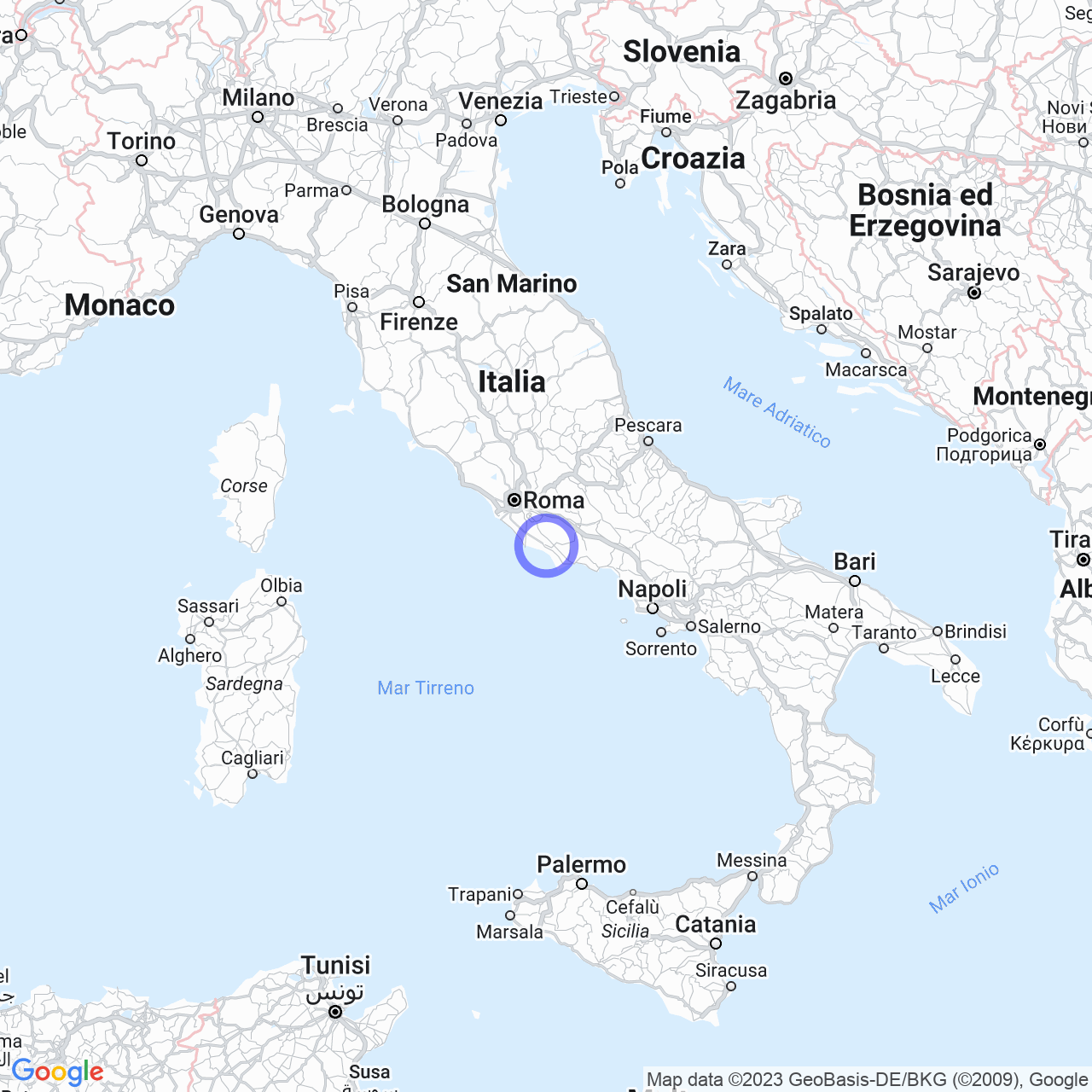Borgo Podgora
Borgo Podgora: a rural village immersed in nature and history
Borgo Podgora is a picturesque hamlet located in the municipality of Latina, known for its rich history and the beauty of the nature that surrounds it. The village was the first inhabited nucleus built during the Integral Reclamation and was conceived as an initial worker village. Later, it was transformed into a rural center serving the local farms.
Physical Geography
The territory of Borgo Podgora is bordered to the north by the "Acque Alte" Canal and constitutes the administrative boundary between the municipality of Latina and that of Cisterna di Latina. The village is immersed in a vast reclaimed agricultural area and is in great urban expansion. Currently, the inhabited center includes a new park, an oratory, and sports fields for volleyball, soccer, and basketball, in addition to new residences.

Toponymy
Borgo Podgora owes its name to the bloody battle of World War I that took place in Piedimonte del Calvario, a hamlet in Gorizia (Podgora in Slovenian language). The local toponymy provides for the naming of streets and squares after scientists and physicists, but there are also several denominations related to the peasant life of the Pontine Marshes, such as Via dell'Aratro, Via della Carbonaia, and Via del Massaio.
History
Borgo Podgora was built in 1927 in reference to both its center and the scattered farms on its territory, within the framework of the reclamation of the reclaimed marshes. The Consortium for the Reclamation of Piscinara and the National Combatants' Association participated in the realization of the village, which was inaugurated under the name of Sessano, taken from the nearby ruins of a medieval tower of the same name, later renamed Borgo Podgora in 1931/1932.
The village was populated by settlers originally mostly from Veneto, Friuli, and Ferrara, who were assigned the newly built farms. Initially, the lands were cultivated in a state of "dependency" on the ONC agency, later redeemed in property by the settlers themselves. The center of the village, with the old church of Santa Maria Mater Dei, the square dedicated to the first parish priest Orlando Biral, the school, the headquarters of the state agricultural company, and some residences and various other service buildings, was built along the path of the pre-existing Stradone dei Pescatori.
The village is famous for being the place where Antonio Pennacchi set his book "Canale Mussolini," which won the Strega Prize in 2010.
In conclusion, Borgo Podgora is a place rich in history, immersed in nature, with an evocative name and fascinating toponymy. If you happen to visit it, don't forget to take a walk through its streets and countryside to breathe the atmosphere of the past.
